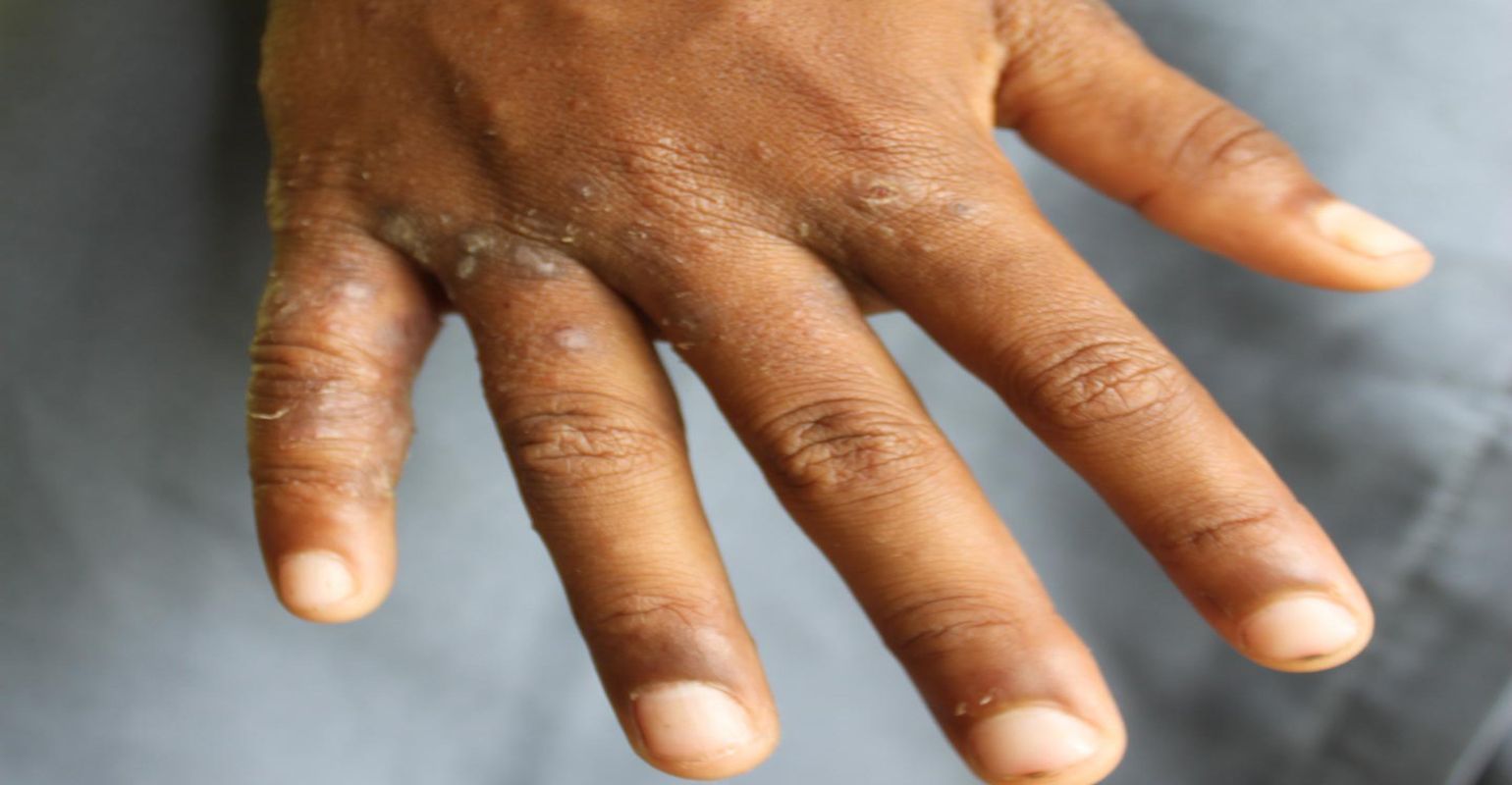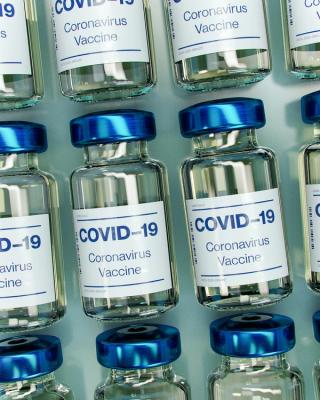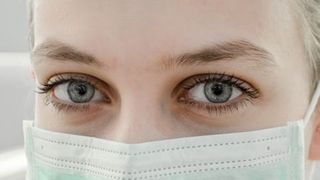
Prevention
Latest News

Latest Videos
CME Content
More News

The FDA released a draft guideline for creating and distributing tattoo inks to prevent microorganisms from tainting the inks and causing severe infections. They are asking for input.
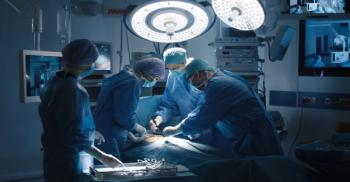
Investigators studied the risk factors for surgical site infections after abdominal hysterectomy procedures using NHSN data and diagnosis codes from administrative data.

Although older adults have 2 vaccines, this would be the first vaccine or antiviral option for infants.

What is the CDC's Antimicrobial Resistance Funding map? A key opinion leader explains.
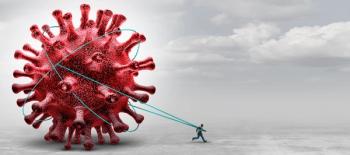
Listen to how a doctor in rehabilitation who works with patients with brain and neurologic injuries is now working with patients with long COVID.

COVID-19, schools, and children are sensitive topics. Some worry about transmission in schools, while others don't see it as a concern. Which is it?
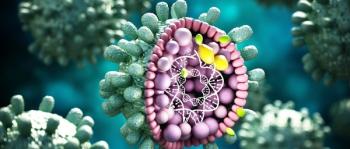
A recent study published in the Journal of Hepatology aimed to determine the likelihood of parenterally transmitted hepatitis after invasive medical procedures in Italy.

Take 5 minutes to catch up on Infection Control Today®’s highlights for the week ending June 4, 2023.

The FDA's decision to approve Abrysvo was based on data from a Phase 3 clinical trial, RENOIR, demonstrating the RSV vaccine's efficacy, immunogenicity, and safety in adults 60 and older.

The future infection prevention and control pathway is inclusive and invites master of public health graduates and other degrees besides nursing to enter this evolving field.

Human bodies, especially surgical personnel's hair, scalp, and skin, are a major source of bacterial contamination in the surgical environment and a major cause of SSIs. Yet, not it hasn't always been a consideration.

Is it truly beneficial to prescribe longer courses of antibiotics?

Antibiotics no longer work against many infections due to MDROs, causing more illness and death. What is antimicrobial resistance (AMR) doing to the environment?

Hand hygiene requirements for inpatient health care are numerous and varied. An electronic system to help monitor adherence with some indications benefits the hospital, although it may also introduce some drawbacks.
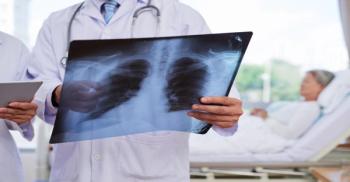
Trade name Xacduro is an antibiotic meant to treat hospital-acquired bacterial pneumonia (HABP) and ventilator-associated bacterial pneumonia (VABP) caused by Acinetobacter baumannii.
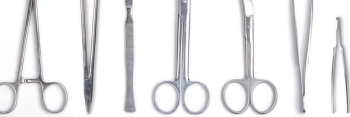
Off-site sterilization frees up hospital space for patient care, improving hospital return on investment. This article explains why and how to go about setting up the service.
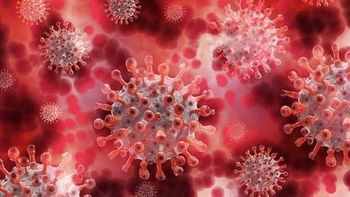
The rate of unemployment, long COVID, and immune system issues are still causing problems globally.
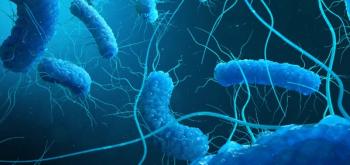
Legionnaires’ disease is a severe infection and fatal in 10% of cases.
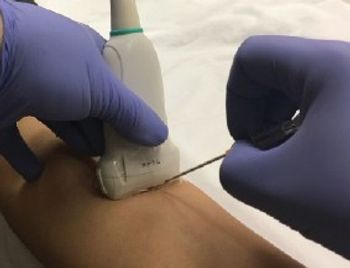
Accurate device information and proper sterilization or disinfection are crucial to ensure safety during ultrasound procedures.
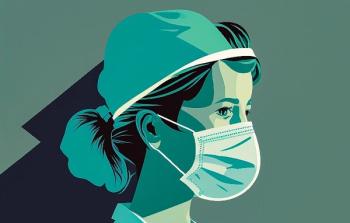
No matter the background, the complex career of preventing and controlling infections has unique joys and challenges.
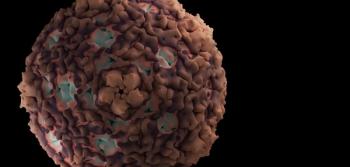
Bug of the Month helps educate readers about existing and emerging pathogens of clinical importance in health care facilities today.

New data about an antibiotic was announced at ECCMID that can treat Pseudomonas aeruginosa and Acinetobacter baumannii infections.

“The public health emergency ending doesn't mean that infectious disease [threats] are over, whether from COVID-19 or otherwise.”

“It doesn't matter if the public health emergency goes away or not. Because we haven't taken advantage of the public health emergency over the last 2 years to understand and address the gaps quite apparent to every American out there.”
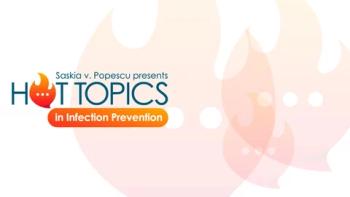
Saskia v. Popescu, PhD, MPH, MA, CIC, gives the latest on COVID-19, including the end of the Public Health Emergency, and Mpox.




